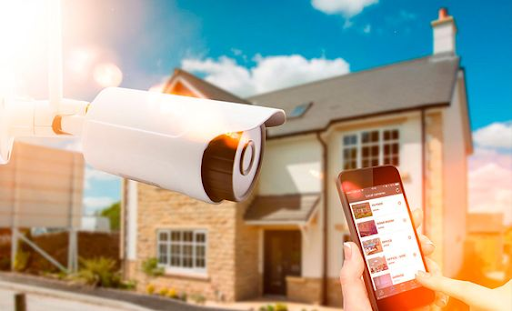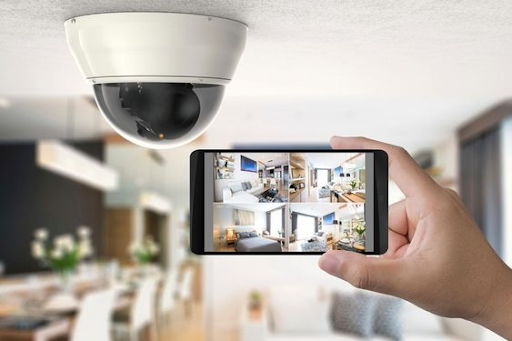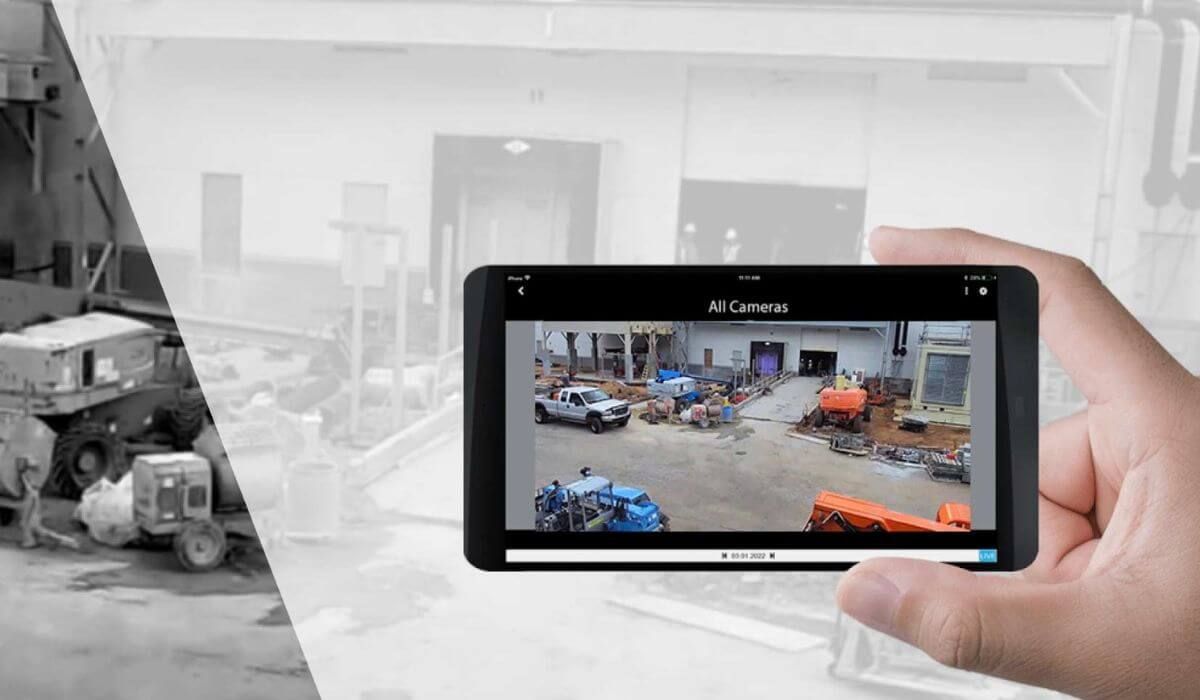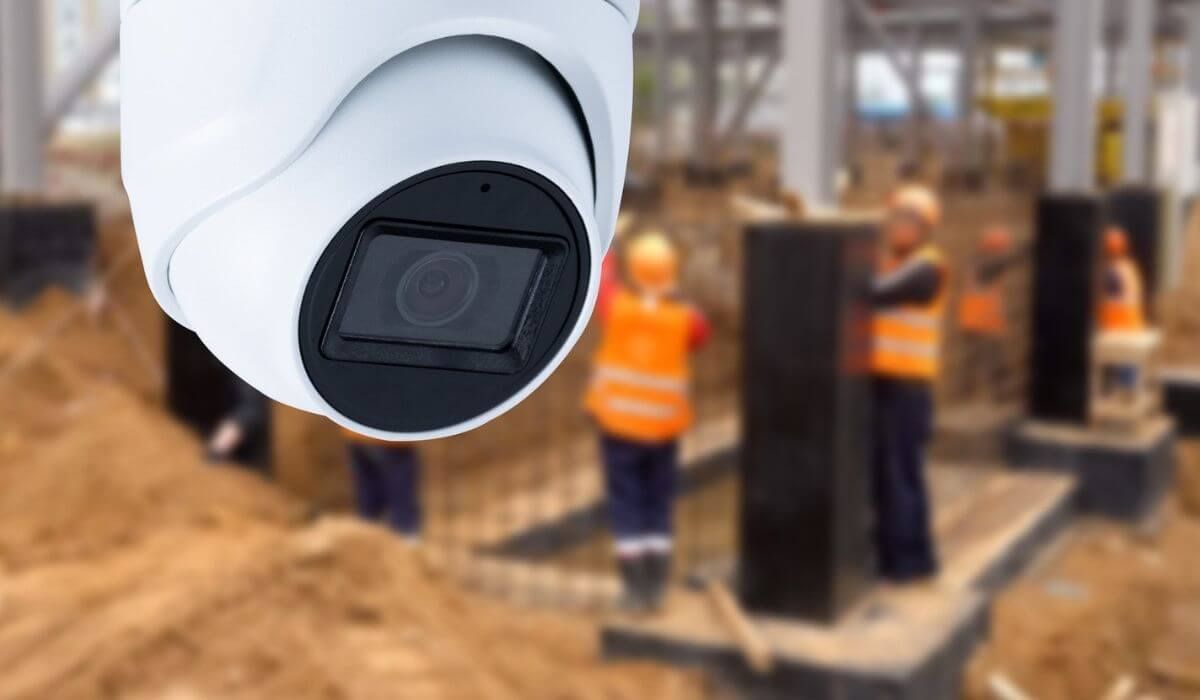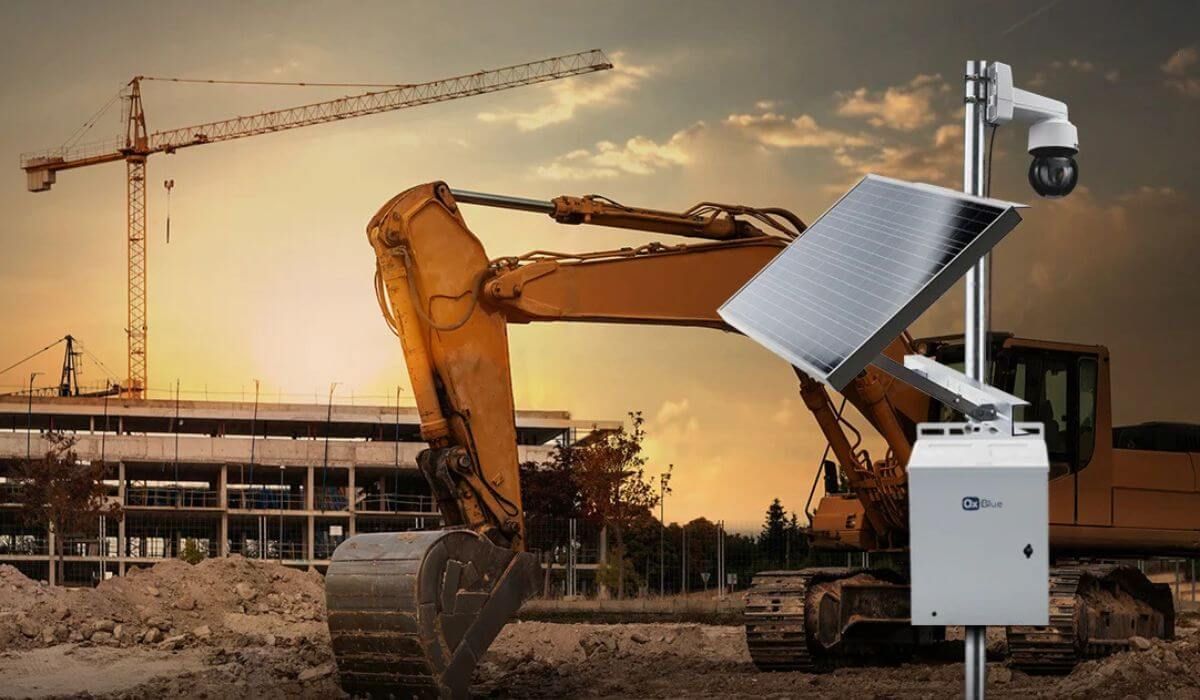Optimal Security Camera Placement for Sydney Homes
In Sydney, home security is a priority for many residents. With the rise in break-ins and property crimes, strategically placing security cameras around your home can make a significant difference. Proper camera placement not only maximizes coverage but also deters criminal activity by making potential intruders think twice before approaching your property. This guide will walk you through the most effective strategies for placing security cameras to enhance your home’s safety.
Assessing Your Property’s Security Needs
Before installing
security cameras, it's essential to evaluate your property’s specific security needs. Every home is different, so a one-size-fits-all approach won't be as effective. By carefully assessing factors like property size, layout, and any previous security breaches, you can determine the most vulnerable areas that require surveillance.
Identifying Vulnerable Areas
Start by identifying the vulnerable points in your home. These are typically areas that offer easy access to intruders, such as doors, windows, and low-visibility corners. High-risk areas might also include secluded spots, such as back alleys or dense foliage, where criminals can hide. Knowing these vulnerable areas is crucial in deciding where to place your security cameras to ensure comprehensive coverage.
For Sydney homeowners, it’s important to consider the specific layout and characteristics of your property. Larger homes with multiple entry points or extensive gardens might require more cameras to cover all angles effectively.
Front and Back Door Surveillance
The front and back doors of your home are the most common entry points for intruders, making them a priority for camera placement. In fact, statistics show that a significant percentage of break-ins occur through these entrances. Placing cameras at these locations allows you to monitor anyone approaching your home, whether it's a delivery person, a visitor, or a potential intruder.
Best Camera Types for Entrances
When selecting cameras for entrances, consider models specifically designed for door security. Doorbell cameras, for example, are popular for their dual function: they allow you to see and communicate with visitors while also recording footage. Another option is using wide-angle cameras that capture a broader field of view, ensuring that no one can approach your door without being seen.
For added security, install cameras that include features like two-way audio, motion detection, and night vision. In Sydney’s urban environment, where nighttime visibility can be limited, these features ensure that your cameras are effective 24/7. Working with a local expert, such as
Security Camera and AV Install, can help you choose the best options for your home.
Perimeter and Outdoor Surveillance
Securing the perimeter of your property is just as important as monitoring entry points. Cameras placed around the perimeter, including fences, gates, and driveways, can provide early warning of any suspicious activity and act as a deterrent to would-be intruders.
Utilizing Motion Sensors and Night Vision
When installing perimeter cameras, consider models equipped with motion sensors and night vision capabilities. Motion detection cameras are particularly effective in outdoor surveillance because they alert you to any unexpected movement, helping to conserve storage space by only recording when necessary. Night vision is another essential feature, especially for properties in low-light areas. These cameras can capture clear images even in complete darkness, giving you peace of mind that your home is protected at all times.
In Sydney, where properties can vary from tightly packed urban homes to more expansive suburban properties, customizing your camera setup to your specific environment is key. For example, homes with long driveways may benefit from a combination of motion-activated lights and cameras to enhance security.
Indoor Camera Placement Strategies
While outdoor cameras are critical for deterring intruders before they enter your home, indoor cameras provide an additional layer of security by monitoring activity inside your home. Indoor cameras are particularly useful for keeping an eye on common areas, hallways, and entryways, allowing you to track movement throughout your home.
Hidden vs. Visible Cameras
When it comes to indoor camera placement, you have the option to choose between hidden and visible cameras. Each has its advantages depending on your security goals. Visible cameras can act as a deterrent, making intruders think twice before proceeding further into your home. They are best placed in high-traffic areas like the living room or main hallways.
On the other hand, hidden cameras are more discreet and can capture footage without alerting the intruder. These are ideal for monitoring sensitive areas or when you want to catch someone in the act without their knowledge. However, it’s important to balance visibility with effectiveness—strategically placed visible cameras in areas like the main entrance can be a strong deterrent, while hidden cameras can provide backup in case an intruder tries to avoid detection.
Conclusion
Strategically placing security cameras is one of the most effective ways to protect your Sydney home from intruders. By assessing your property’s security needs and carefully selecting where to place cameras—both inside and out—you can create a comprehensive surveillance system that deters criminals and keeps your home safe. Remember, the best
security systems combine physical deterrents with advanced technology to offer the highest level of protection. For expert advice and installation, consider partnering with a local security specialist like
Security Camera and AV Install
to ensure your home is fully protected.
FAQs About Best Locations to Install Security Cameras
What is the best height to install security cameras?
To avoid tampering and ensure the best field of view, outdoor security cameras should generally be installed at a height of 8 to 10 feet. This height is high enough to prevent most intruders from easily reaching the camera, yet low enough to capture clear images of faces and details. Indoor cameras can be placed slightly lower, depending on the room's layout and the area you want to monitor. Be sure to angle the cameras to cover as much area as possible without leaving blind spots.
How can I prevent my outdoor cameras from being tampered with?
Preventing tampering is a key consideration when installing outdoor cameras. Using protective casings can shield your cameras from vandalism, weather, and other external factors. Additionally, placing cameras out of easy reach—such as high on walls or under eaves—makes it more difficult for intruders to interfere with them. Some modern cameras come with features like tamper detection, which alerts you if someone attempts to disable the camera. For professional installation, consider using a trusted service like Security Camera and AV Install to ensure your cameras are both effective and secure.

